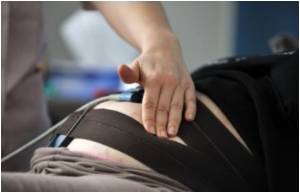
With the help of researchers from Columbia University College of Physicians and Surgeons, the Sharp Mary Birch Hospital in San Diego, and the University of California, San Francisco, Dr. Sekhri and his colleagues interviewed 800 laboring women and gathered information on ethnicity, age, weight, height, how many times they had previously given birth, whether labor was being induced, how many weeks the woman was pregnant, and the babies' weight.
Finally, pain scores were recorded every hour until the woman reached full cervical dilation.
Dr. Sekhri and his group found that women under 25 reported higher pain scores even after placement of an epidural. They speculated that younger women may have weaker social support systems and fewer coping mechanisms for dealing with pain.
Obese women in the study reported greater pain after epidural placement than women with a normal body mass index. This difference might be explained by the fact that epidurals are sometimes more difficult to place in obese women and that catheter tubes more easily shift in the obese, causing improper delivery of medication.Understanding that younger women, obese women, and women who have longer labors are at risk of pain even after placement of an epidural can help doctors and nurses identify susceptible patients," said Dr. Sekhri.
"This allows the team taking care of the patient to be more attentive to these at-risk patients, and thus possibly intervening sooner," he added.
Advertisement
Source-ANI











